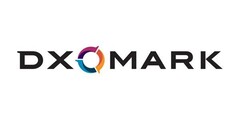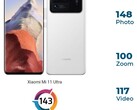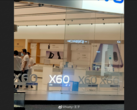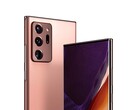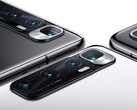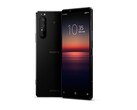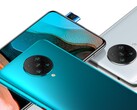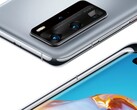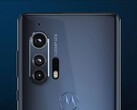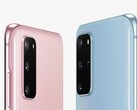Every smartphone OEM out there probably aspires to a good DxOMark score for its latest device's screen, audio or camera. This group exists to generate rankings based on the empirical testing of the same aspects of a device's sensory impact. However, in order to stay relevant, it needs to adapt its standard procedures as more and more sophisticated, complex technologies come out.
Examples from the recent past include features such as advanced zoom, bokeh, hightened refresh rates and color profiles. However, given the pace at which phones (particularly flagships) tend to be updated, more needs to be done in this vein.
To this end, DxOMark has just announced it has updated 80% of its usual battery of camera tests to address, among other things, image previews on-screen prior to taking a shot.
This re-designed image sensor evaluation protocol also includes "many new demanding test scenes in photo and video with more people, motion, low light and HDR in each shot".
Furthermore, DxOMark has stated that its display-testing process now incorporates spending more than 20 hours on the "perceptual evaluation" of each screen in lab and non-lab conditions, in addition to "over 400 objective measurements" of display quality.
They include metrics related to artifacts, color, motion, readability, video and touch-response. Therefore, OEMs may be advised to pay particular attention to these aspects of their screens in the future.
Currently, the DxOMark display ratings are led by the Samsung Galaxy Note 20 Ultra; the OnePlus 8 Pro; the Galaxy S20 Ultra; the Apple iPhone 11 Pro Max and the TCL 10 Pro in that order.
Its camera ratings, on the other hand, are dominated by the Xiaomi Mi 10 Ultra; Huawei's P40 Pro; the Mi 10 Pro; the Vivo X50 Pro+ and OPPO's Find X2 Pro.
Source(s)
DxOMark Press Release




